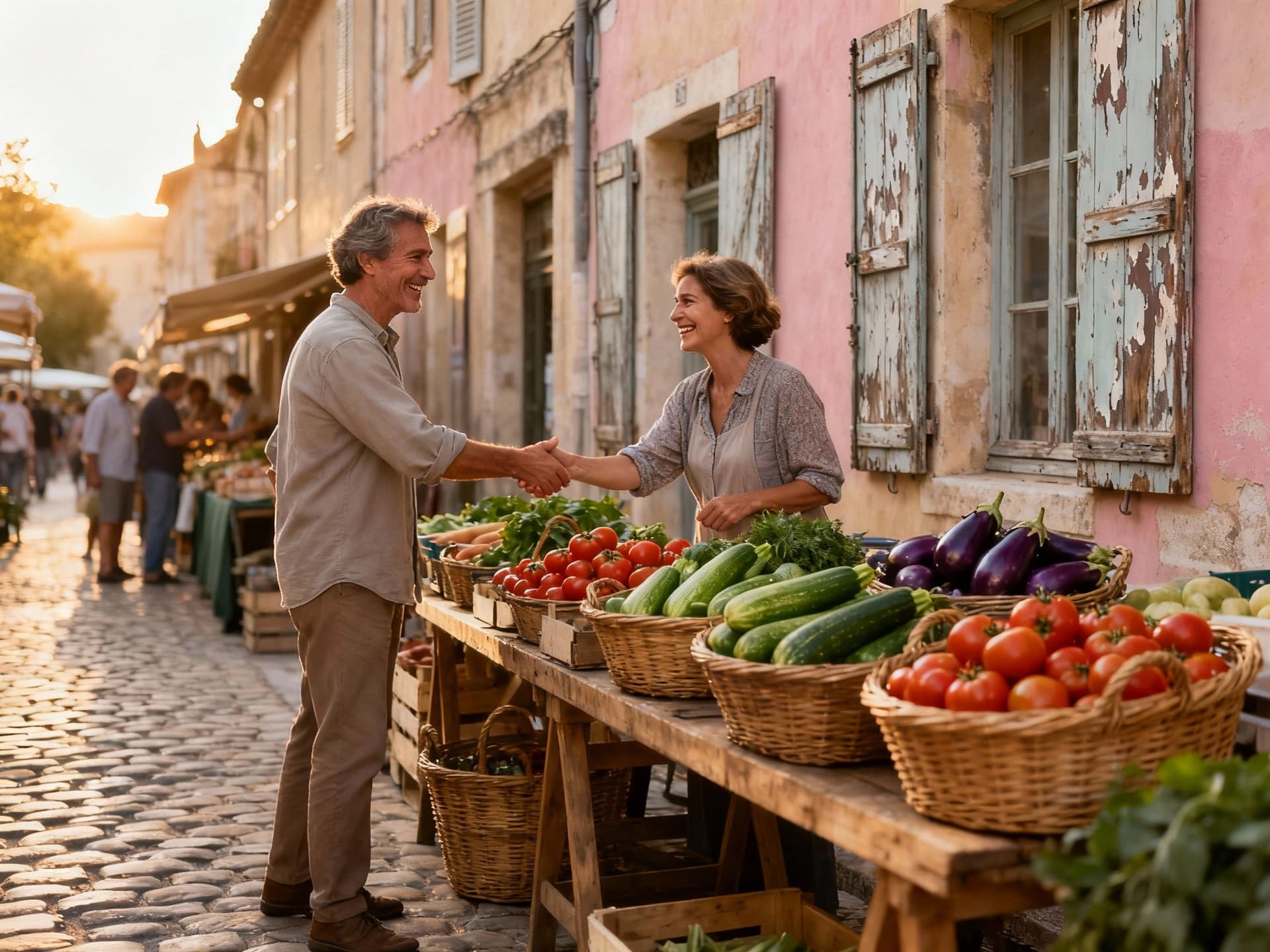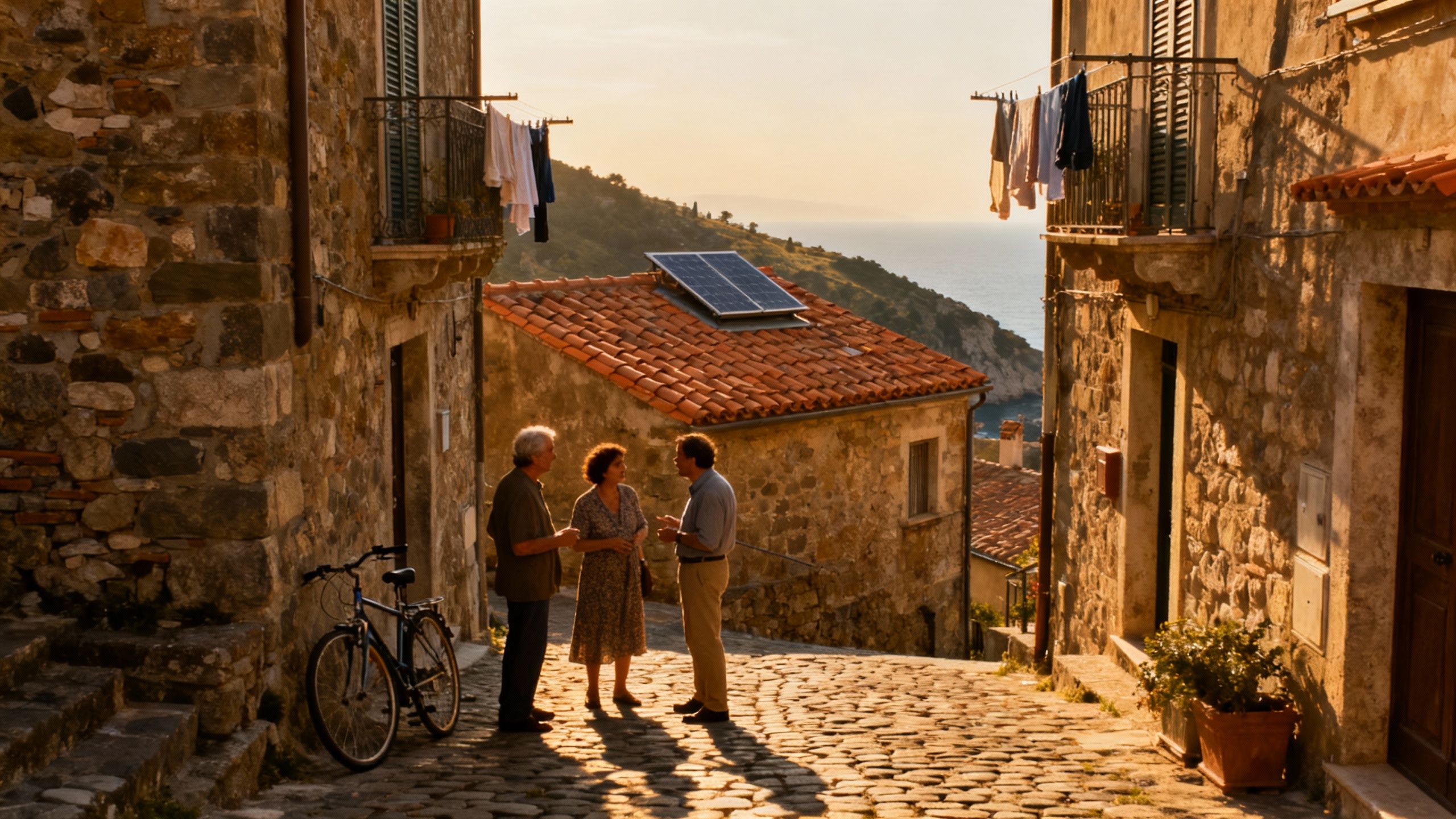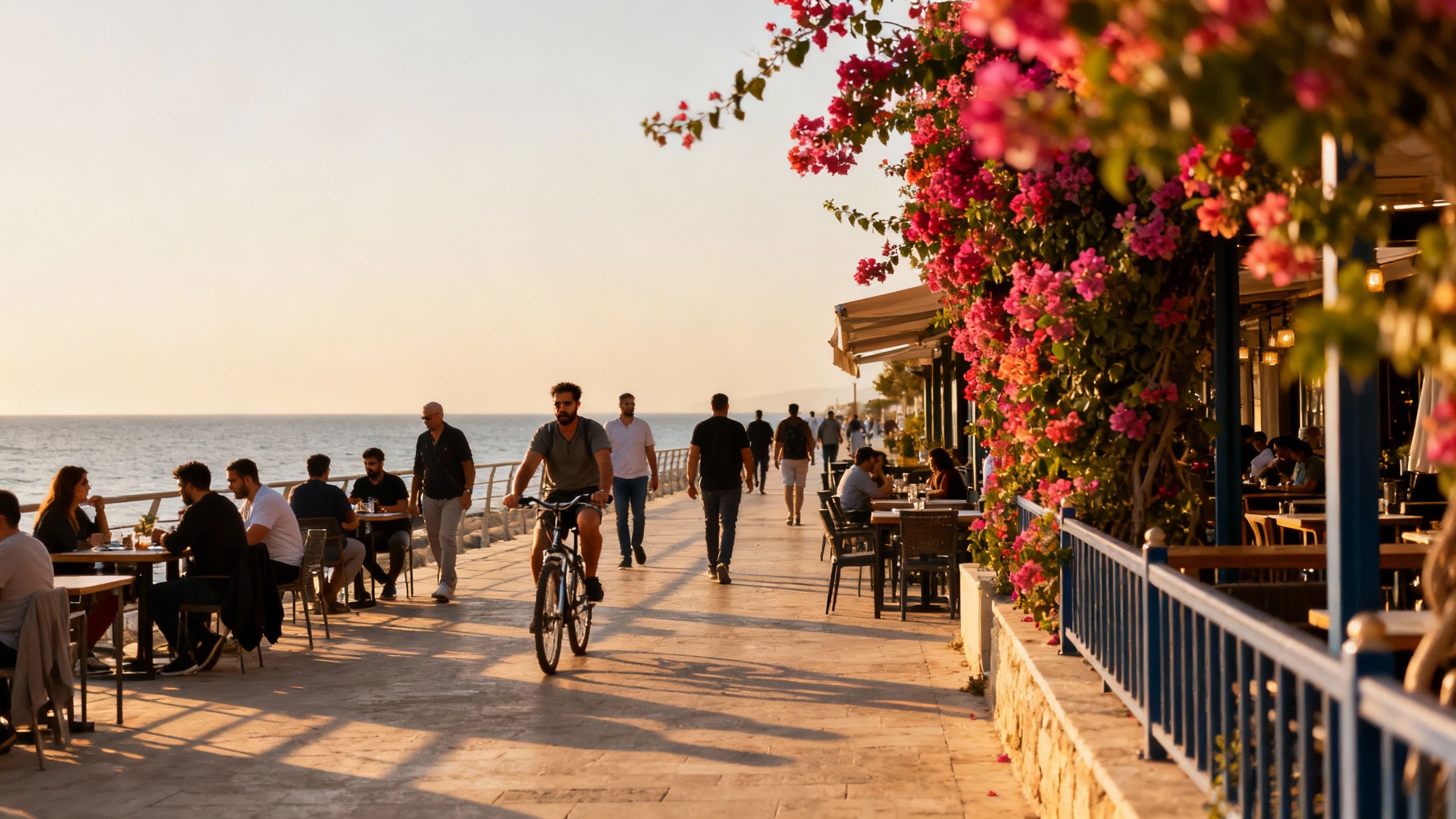The Winter Window: Buy French Homes When Others Pause
Consider the ‘winter window’: quieter markets and motivated sellers in France often reveal better value and truer match to seasonal lifestyles. Backed by INSEE data.
Imagine waking before sunrise to the smell of fresh bread on Rue Cler, then slipping into a quiet café as shutters lift and fishermen haul in the morning catch on a riviera quay. France rearranges the hours of your day — long breakfasts, a slow market walk, an evening that unfurls over wine. For international buyers drawn to seasons, craft and green living, the real question is not whether France is beautiful (it is), but when you should look, buy and move so the place you fall in love with matches the life you actually build.
Living the French lifestyle — morning markets to moonlit squares

France is a collage of micro-lives. In Paris you’ll learn the ritual cadence of arrondissements — coffee at Café de Flore, a lunchtime marché on Rue Montorgueil, bicycles threading the Seine banks. In Provence the light is a lens; lavender fields and village fêtes mark time. On the Atlantic coast, mornings smell of salt and seaweed; surfers and oyster farmers share the same tide. The rhythms shape what a home is for you: a weekender's pied-à-terre, a year-round family house with a winter woodstove, or a restored stone farmhouse for seasonal stewardship.
Neighbourhood spotlights: where locals actually live
Head off the glossy guidebook pages and you find the streets French people choose. In Lyon’s Croix‑Rousse, narrow lanes still hum with markets and textile ateliers; in Marseille, Le Panier holds neighbourhood bakeries and hidden terraces with bouillabaisse on the menu. On the Côte d'Azur, look beyond Nice’s Promenade to Cimiez’s olive groves and small, lived-in villas. These are places where local craftsmen repair shutters, municipal gardens host permaculture plots and neighbours trade seasonal produce — the fabrics of daily life that make a home feel like belonging.
Food, ritual and seasons — not a backdrop but the daily program
Markets and meals are civic life in France. From the early-morning fish stalls of Étretat to evening marchés créateurs in smaller towns, the calendar is local and seasonal. That matters for property: a garden designed for summer tomatoes in Provence needs winter sheltering; a coastal terrace must resist salt and wind. For buyers who care about regenerative gardens, local produce and craft traditions, the sensory schedule (what a place smells, tastes and sounds like through the year) often matters more than square metres.
Making the move: timing, market reality and why winter can be your advantage

You may assume peak season (late spring–summer) is the best time to house‑hunt in France because everywhere looks its prettiest. Counterintuitively, market data and local practice say otherwise: activity often spikes in spring and can carry higher asking prices and competition. INSEE’s Q1 2025 reports show prices rebounding after a lull, meaning buyer patience and seasonal strategy affect both price and choice. Searching in off-peak months — late autumn and winter — often reveals quieter markets, motivated sellers and opportunities to negotiate without the summer spectacle.
Property styles and how they shape seasonal living
Stone mas in Provence, timbered houses in Alsace, seaside villas on the Atlantic — each calls for maintenance and seasonal planning. A coastal villa needs corrosion‑resistant fixtures and wind‑tolerant landscaping; a country house benefits from passive‑solar glazing and heavy shutters for winter warmth. Think beyond aesthetics: which rooms will be lived in during January? How will gutters, insulation and local heating fuels affect running costs? The right property type will support the life you want through all seasons, not just in postcard weather.
How local experts help you marry lifestyle with reality
Work with agencies who know seasonal micro-markets: they’ll spot homes that show poorly in July but blossom in February, advise on insulation, renewable upgrades and local craft restorers, and introduce you to neighbours who tend shared wells, community orchards or co-op compost schemes. A green-minded agent will also prioritise properties with existing solar, thick stone walls or opportunities for low-impact landscape work — saving you both money and stewardship headaches later.
Insider knowledge: expat confessions, red flags and lesser-known wins
Expat buyers often tell the same story: we arrived in summer, fell in love with a market’s sunlit face, then discovered a different winter reality. Off‑season noise (closed restaurants, different transport timetables) revealed maintenance needs, heating inefficiencies and a quieter community life. INSEE’s late‑2024 notes of price stability remind us markets breathe — they cool, then warm. The smart move is to inspect a place across seasons or ask an agent for winter photos, neighbour references and service records.
Cultural cues and daily-life realities
French neighbours value modesty and reciprocity. It helps to learn simple courtesies — a morning bonjour, attending a neighbourhood fête or buying from the local boulangerie — to integrate. But integration is also practical: know when municipal services (winter road clearing, water delivery in remote areas) run, and whether your village sustains year-round shops or is summer-only. These small facts alter the lived experience more than headline market figures.
Practical red flags and smart wins
Old heating uninsulated homes: ask for energy diagnostics and actual winter bills.
Empty summer villages: visit in winter to check year‑round life and services.
Seasonal rental saturation: in ski and riviera hotspots, watch for communities where short‑lets push out locals.
Green retrofit opportunities: prioritise homes with solar-ready roofs, south-facing gardens and thick stone walls.
Step-by-step: how to stage a season‑aware home search
Contact local agents in autumn to request winter viewings or owner-supplied winter photos; check energy performance (DPE) and past winter bills; meet neighbours; schedule a follow-up visit in a different season; gather quotes from local craftsmen for any desired retrofits; and, only then, make an offer timed to when market activity slows.
Conclusion — choose a season, choose a life: winter reveals the truth beneath the postcard
If you love France for its seasons, crafts and markets, plan your property search around those rhythms. The winter window — quiet streets, motivated sellers and clearer maintenance realities — often reveals both better value and truer match to your intended life. When you’re ready, partner with an agent who understands seasonal micro-markets, local craftsmen and green retrofit pathways so your purchase is both beautiful and resilient.
British expat who traded Manchester for Mallorca in 2017. Specializes in guiding UK buyers to luxury Spanish estates with clear navigation of visas and tax.


